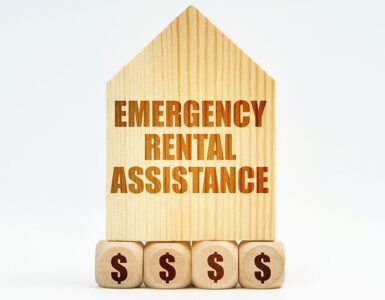In this article, we’ll discuss what a hardship letter is and things to consider during the writing process.
The Purpose of a Hardship Letter
Hardship is defined by events which negatively affect someone’s ability to cover payments. These events can include unemployment, medical emergencies, reduced annual income, divorce or family separation, military service, and more. Families under adjustable-rate loans may also qualify if the rates change significantly.
Financial institutions need to know why someone is unable to continue paying a loan or bill before they agree to help. They also need to make sure the borrower has put forth a good faith effort but still without success. A hardship letter accomplishes these since it explains why a person is no longer able to meet financial responsibilities.
Tips to Remember When Writing a Hardship Letter
A hardship letter needs to make a convincing argument to make the payment terms of a loan more manageable. To achieve that result, those writing must make sure the hardship letter includes several things.
First, the letter has to explain how the individual reached financial hardship. This involves talking about personal decisions, external factors, and anything else which may have played a role in falling into hardship. The more details included, while still writing concisely, the better.
For example, a family interested in refinancing their home payments should explain real estate market changes in the area and how they affected the value of their property. Sometimes, financial institutions require documentation supporting the claims made in the hardship letter, such as statistical data from government agencies or an unemployment certificate. For this reason, it’s essential to be truthful.
Second, the individual should discuss what they have done to improve the situation. Proving that hardship exists is often not enough to obtain more generous terms from a lender. They need examples of how the individual has tried to remain financially responsible, such as by reducing expenses or joining job search platforms.
Finally, the letter needs to discuss how previous attempts at improving the situation have failed. If this part of the message lacks detail and doesn’t relay the fact that hardship still exists, the financial institution could reject the request.
Speaking of detail, including plenty of it may be the most important tip to remember when writing a hardship letter. Describing the impact of each event is an efficient way to paint the correct picture. Relying on numbers is vital to help lenders understand how difficult the situation is and put items such as income loss and negative cash flow into context.
A customer who had to borrow from their credit card to cover payments should explain so in the letter, including detailed information such as the exact amount and credit line source. In some cases, borrowers have to rely on family members or withdraw from retirement savings accounts to stay afloat. These events should be mentioned in a hardship letter.
In addition to detail, keep in mind when writing the hardship letter that financial institutions only care about getting paid. Protecting the borrower’s finances is not their responsibility. As a result, the letter must convince the bank that approving your request is the only way to keep payments on schedule.
Some people may feel tempted to end the hardship letter on a positive or optimistic note. Doing so might have adverse effects, as the financial institution will use any evidence of potential recovery as an excuse to deny refinancing a loan or mortgage.
As we’ve discussed above, it is crucial to mention which measures were taken to improve finances, but the person must be clear that all attempts have failed. Otherwise, the bank will ask the borrower to come back later.




